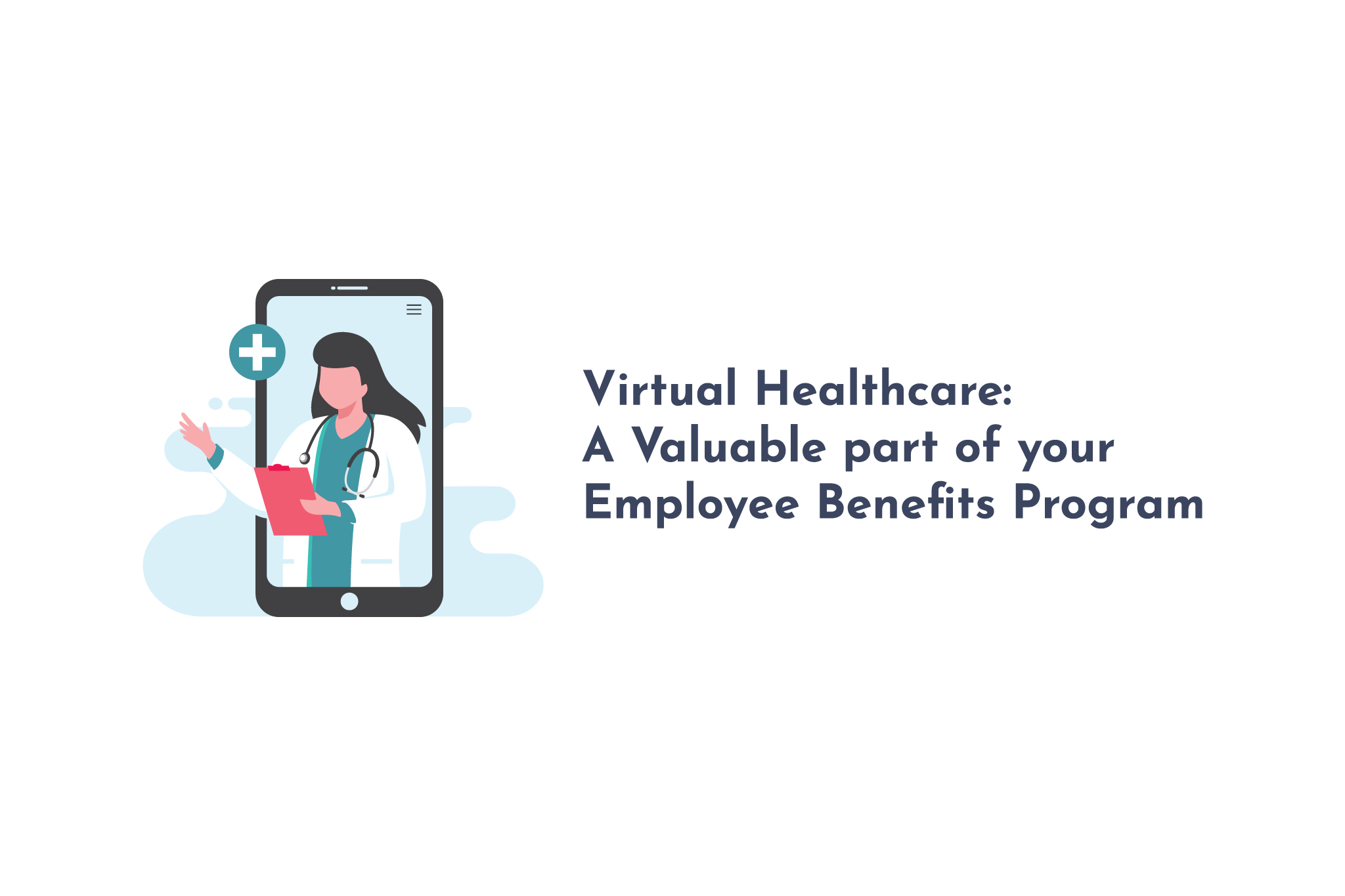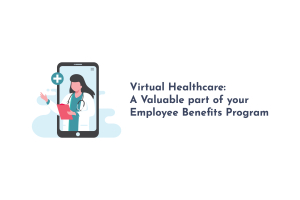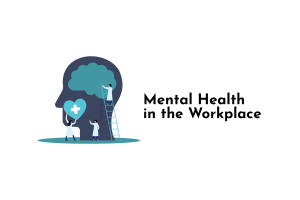Sometimes, I feel like a bit of a broken record. The world changed due to the COVID-19 lockdowns. Many things were altered irrevocably, but not all of it was bad. Take a second to imagine what the world may have looked like had COVID first appeared in the 1990s when most internet access was telephone-based and the idea of running a video call was thought to be crazy because ‘Who wants to put on pants to answer the phone?’. I can say with absolute confidence that the pants thing was never an issue. As we all learned during the times that our businesses were closed, you can easily be on a video call in a nice shirt and a pair of track pants. I don’t know why we were so worried about that in the 90s, but at least we know it now. The rapid uptake of ‘zooming’ for meetings when lockdowns were started has led to a few significant changes. Many people remain using video conferencing as a key element in their businesses today, even when in-person meetings are permitted. People realized that in certain circumstances, it was far more efficient to be able to sit at your desk and chat via your computer than it was to spend travel time going to and from face-to-face meetings. The fact that we were forced into this when we started doesn’t make it a bad thing going forward. The healthcare industry was also forced to accept that the world of virtual appointments was necessary and that it could be an effective way of doing business. Virtual healthcare is a staple now of the product suite you can offer via employee benefits. Let’s take a quick look at what ‘virtual healthcare’ means, why you should consider offering it and finally, how to include it in your benefit plan.
In This Article:
- What is Virtual Healthcare?
- As an Employer, why should I Offer Virtual Healthcare as part of my Employee Benefits?
- How Does an Employer Offer Virtual Healthcare?
- Conclusion
What is Virtual Healthcare?
At its most basic definition, virtual healthcare is the ability to use technology (video conference, telephone consultations, text message, email, etc.) to meet with and consult your healthcare team. With the adoption of so much technology so quickly recently, we have found many ways to make the flow of information between healthcare providers and patients far more efficient. It is not limited to conversing with your family doctor. There are many services that are available using virtual platforms, including access to mental health professionals, nutritionists, occupational therapists and even physiotherapists. What you need to remember is that quite often, when you see a healthcare professional, it is not to have a new condition diagnosed; more often, it is to maintain an existing treatment program. For example, prior to the adoption of virtual healthcare, you typically needed to go and see your family doctor to have prescriptions renewed, even when the dosage wasn’t changed. Sure, you could have the pharmacy phone the doctor to renew something for you, but that often fell outside of what the provincial health insurance paid for, and you could be billed for that call. If you went in person to see the doctor, you got your prescription renewal, and no bill was sent for you to pay. Virtual healthcare being adopted allows you to still ‘see’ your doctor for this type of appointment while never actually having to go to their office (or change out of your track pants, as we discussed earlier).

As an Employer, why should I Offer Virtual Healthcare as part of my Employee Benefits?
There are many reasons why you should consider making sure that you offer this type of service to your employees. There are some that directly benefit you as an employer, and there are some that benefit your employees directly.
- Employer Benefits:
- Reduced downtime – Since your employee doesn’t need to go to a physical doctor’s office to use this type of service, there is less lost time at work. No more travel time to and from the appointment and then sitting in the waiting room when they are inevitably behind schedule. You simply log on to your virtual platform from your desk and look after everything right there.
- Improved employee performance – As was mentioned initially, virtual healthcare is not limited to online appointments to refill prescriptions. Your employees can take advantage of services that help with their mental health as well as physical well-being. The easy access that comes with the virtual platforms makes for happier, healthier employees for you. This results in less absenteeism and makes employee retention easier.
- Employee Benefits
- Increased convenience – the ability to avoid the trip to a healthcare practitioner’s office frees up time for other tasks.
- Cost Savings – Less travel to and from healthcare appointments means lower travel costs as well as less missed time at work, resulting in less missed wages.
- Accessibility – With the onset of the remote workforce, it isn’t guaranteed that an employee will live close to a city/urban centre anymore. One of the downsides to living rurally has been a lack of local healthcare providers. With virtual healthcare, this issue becomes a non-factor. For example, there doesn’t need to be a doctor in your community for you to access the services they provide.
- Increased job satisfaction – When an employer offers access to something like a virtual healthcare platform, their employees see value in this. It makes them feel more appreciated and happier with their current employer. This often results in the employee remaining with their employer for longer periods of time.
How Does an Employer Offer Virtual Healthcare?
The company that provides your benefit plan will have a portal to access virtual healthcare that is available to you right now. The most common way to access these services has been the use of an Employee Assistance Program (EAP) in the past, but there are options where you can add only a virtual healthcare option without the other services that an EAP provides. Adding this to your plan will result in an additional option being available on the webpage/smartphone app that your plan members use to interact with their plan currently. There isn’t any disruption to the coverage you already have in place. The cost associated with adding this to your benefit plan is typically quite minimal, and the rates are stable because this is not something where the more it is used, the more it costs. When recent surveys have suggested that mental-health-related absences alone cost Canadian businesses more than $16 Billion every year, the cost associated with providing easy, convenient access to healthcare support for your employees pales in comparison to what you stand to lose.
Conclusion
More and more employees are relying on their employers to have plans in place that help them access the healthcare services that they need. Virtual healthcare is a powerful tool in helping with this. If you look at the list of reasons to offer virtual healthcare independently, each one is solid enough to be why you should have this type of platform for your employees. When you add them all together, you can see as an employer that the reason to offer this service becomes overwhelming. As an employer, the value of a satisfied, healthy workforce cannot be overstated. Happy, healthy employees are more productive, and that leads straight to the profitability of your business. If you have a benefit plan already in place, talk to your broker about what adding one of these plans would entail. If you are new to the benefits world and looking at putting a plan in place for the first time, make sure that you include an EAP with virtual healthcare. Your employees will benefit, and with that, your business benefits also.




